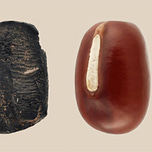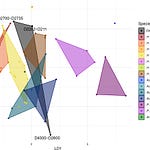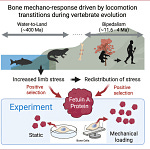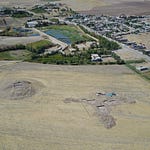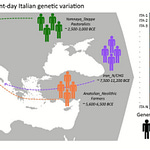A Small Seed with a Long Memory
In the Lower Yellow River basin of eastern China, archaeologists have found tiny red beans whose story stretches back 9,000 years. Charred remains of Vigna angularis, better known as adzuki beans, were recovered at the Xiaogao site in Shandong Province, pushing their documented use in the region back at least 4,000 years earlier than previously known.
Published in Proceedings of the National Academy of Sciences,1 the study places adzuki beans at the dawn of East Asian agriculture, when people began experimenting with multi-crop farming systems that included millet, rice, and soybeans.
“At the global level, there has been considerable recent momentum in recognizing plant domestication as a protracted and widely dispersed process—one without singular geographical centers,” explains Xinyi Liu, a coauthor of the study.
“Our results align with this perspective by illustrating parallel developments in the Yellow River, Japan and South Korea during the Neolithic.”


